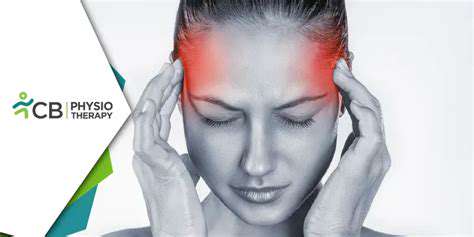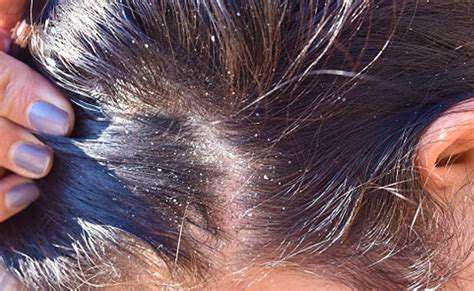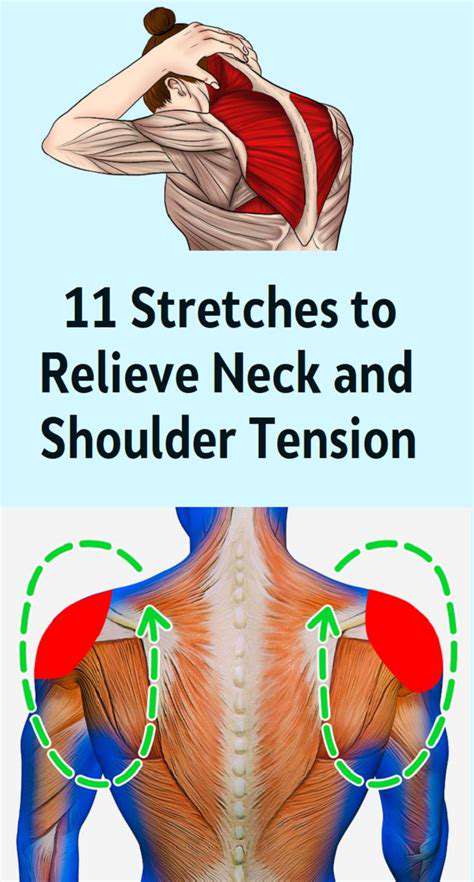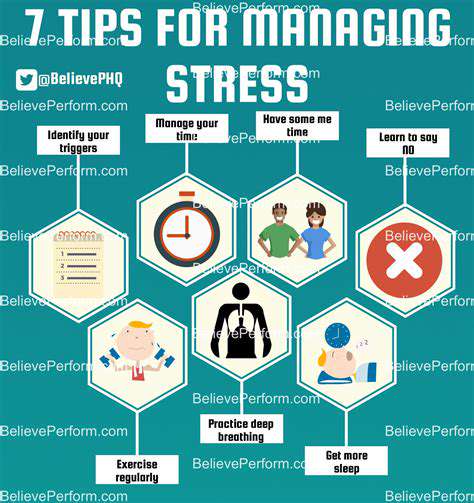Tension Headaches Triggers: How Everyday Stressors Can Lead to Pain
Common Triggers for Tension Headaches
Stressful Work Environments
Many individuals experience tension headaches as a direct result of stress arising from their workplaces. High-pressure deadlines, demanding tasks, and difficult interactions with colleagues can all contribute to increasing stress levels.
Moreover, spending long hours at a desk without proper ergonomic support can lead to muscle tension in the neck and shoulders, exacerbating headache symptoms. Incorporating regular breaks can be an effective strategy for mitigating this issue.
Employers can also play a crucial role in reducing stress by fostering a positive work culture, offering flexible work options, and encouraging stress-management practices among employees.
Poor Posture and Physical Strain
Poor posture is often an overlooked trigger for tension headaches. Sitting hunched over a computer or slouching while on mobile devices can strain the muscles of the neck and upper back, leading to pain that radiates into the head.
Regular exercise and stretching can combat the effects of poor posture. Strengthening core muscles helps maintain proper alignment, reducing the risk of developing tension headaches related to physical strain.
Additionally, being mindful of your posture throughout the day and utilizing ergonomic furniture can also prevent unnecessary strain on the body.
Lack of Sleep and Fatigue
Another common trigger for tension headaches is insufficient sleep. When the body does not get enough rest, it can lead to heightened sensitivity to pain, making individuals more susceptible to headaches.
Fatigue can also result from overexertion or improper balance between work and personal life. Developing a consistent sleep routine and ensuring adequate rest can help reduce headache frequency.
Techniques such as mindfulness, meditation, and relaxing bedtime rituals can also improve sleep quality, ultimately lowering the chances of experiencing tension headaches.
Dehydration and Poor Nutrition
Dehydration is a surprisingly common trigger for tension headaches. This condition occurs when the body loses more fluids than it takes in, causing headaches and other discomforts.
Additionally, poor nutrition can contribute to headache triggers as well. Skipping meals or consuming a diet high in processed foods can lead to fluctuating blood sugar levels, which can trigger headaches.
To combat these issues, it is crucial to stay hydrated by drinking plenty of water throughout the day and to maintain a balanced diet rich in fruits, vegetables, and whole grains.
Caffeine and Lifestyle Choices
Caffeine consumption presents a dual-edged sword regarding tension headaches. While moderate amounts can help alleviate headache symptoms, excessive intake or sudden withdrawals can lead to increased headache occurrences.
Furthermore, lifestyle choices such as smoking or excessive alcohol consumption can aggravate tension headaches as well. These substances can disrupt sleep patterns, lead to dehydration, and cause tense muscles.
Making informed decisions about caffeine and moderating other lifestyle choices can significantly reduce the frequency and severity of tension headaches for many individuals.
Managing Tension Headaches

Understanding Tension Headaches
Tension headaches are among the most common types of headaches experienced by adults. They are typically characterized by a dull, aching sensation across the forehead, temples, or back of the head.
Understanding the nature of these headaches is crucial; they often arise from muscle tension, stress, or fatigue, which can be exacerbated by various daily activities.
Identifying Common Triggers
Recognizing the triggers that contribute to tension headaches can be the first step toward effective management. Common triggers include stress, poor posture, and screen time.
For many, maintaining awareness of one’s environment and emotional state can significantly help in minimizing headache frequency and intensity.
Utilizing Relaxation Techniques
Relaxation techniques such as deep breathing, meditation, and progressive muscle relaxation can provide relief from tension headaches. These methods help to reduce stress and muscle tension in the body.
Incorporating these practices into a daily routine can lead to improved overall well-being and a decrease in headache frequency. Establishing a regular mindfulness practice may serve as both a preventive measure and an immediate relief method.
Improving Posture and Ergonomics
Improving posture and ergonomics in your daily activities, especially while working at a computer, can significantly reduce the risk of tension headaches. Simple adjustments can make a big difference, such as using an ergonomic chair and keeping your monitor at eye level.
Be aware of your body position throughout the day; maintaining proper alignment can alleviate unnecessary strain on your neck and shoulders, thus helping to prevent headaches.
Seeking Professional Help
If tension headaches persist, seeking professional help may be essential. Healthcare providers can offer personalized strategies, including physical therapy and medication, that may effectively address underlying causes.
Don't hesitate to consult with a specialist if headaches interfere with your daily life. Early intervention can lead to better outcomes and improved quality of life.






